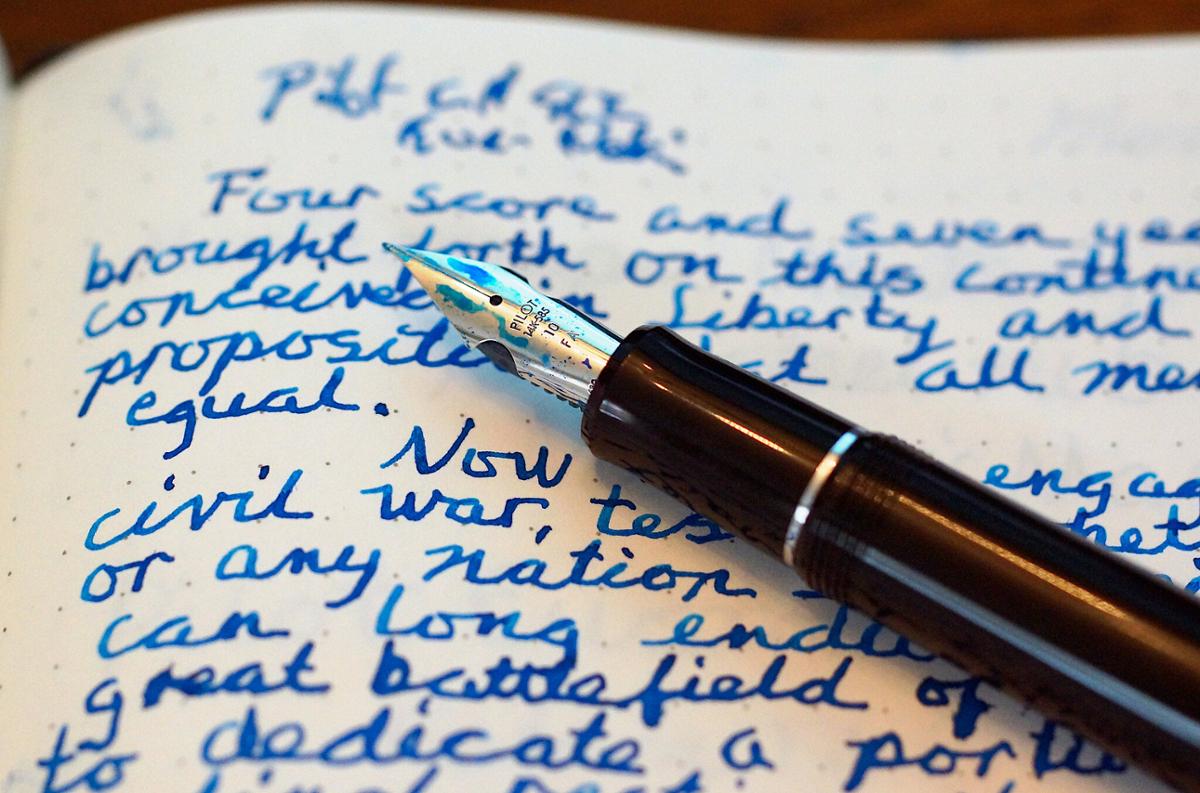When’s the last time you handwrote more than a sentence? In a world where typing is far more common than writing with pen and paper, does it even make sense to teach kids how to write? Scientists say yes—for the surprising reason that handwriting facilitates other skills, like reading and learning language, much better than typing or seeing language on a screen.
In an experiment, a team of researchers had 42 English-speaking adults learn the Arabic alphabet. All the participants were introduced to the letters one at a time by watching videos of them being written and hearing them spoken. After seeing and hearing a letter this way, the way they continued to learn the letter depended on the group they were in. One group saw the letter flash on a screen and had to identify whether it was the same letter they’d just been introduced to. Another group had to find the letter they’d been introduced to on a keyboard. A third group had to write the letter by hand.
While all of the participants learned the letters after six sessions, the participants in the handwriting group consistently learned them faster. Some only needed two sessions to master them. The handwriting group also proved better at using the letters to spell and read new words. Scientists think this is because writing by hand is a perceptual-motor experience that reinforces earlier visual and aural lessons. Although the experiment studied adults learning a new language, the team thinks the results likely apply to children learning to read as well.
Luckily, there’s no indication that whether you have good or bad penmanship makes a difference.









